The Start of Autumn, or Liqiu in Chinese, marks the transition from the sweltering heat of summer to the crisp, cooler days of autumn. In Anhui Province, a region renowned for its rich cultural heritage and picturesque landscapes, this solar term is not merely a seasonal marker but a cherished occasion for families to gather and indulge in traditional foods that symbolize harvest, health, and unity. Anhui’s cuisine, known for its delicate balance of flavors, use of fresh, local ingredients, and ties to agricultural rhythms, shines brightly during Liqiu. This article explores the time-honored dishes that grace Anhui tables during this season, each carrying stories of tradition, resilience, and the deep connection between people and the land.
Steamed Dumplings with Autumn Vegetables: A Bite of Seasonal Abundance
In Anhui, the arrival of autumn brings a bounty of fresh vegetables, and steamed dumplings (baozi or mantou) filled with seasonal produce are a staple during Liqiu. These dumplings are not merely a meal but a representation of gratitude for the harvest. Families often gather to prepare them, with each member contributing to the process—kneading dough, chopping vegetables, or wrapping the dumplings.
Ingredients and Preparation:
The filling typically includes ingredients like diced pumpkin, taro root, Chinese cabbage, or mushrooms, all finely chopped and mixed with minced pork or tofu for protein. The dough, made from wheat flour and water, is rolled into thin circles, filled, and steamed until soft and fluffy. Some households add a touch of sesame oil or soy sauce to enhance the flavor.
Cultural Significance:
The round shape of the dumplings symbolizes family reunion and completeness, while the vibrant colors of the fillings mirror the autumn foliage. Eating dumplings during Lqiu is believed to bring good fortune and ward off autumn chill.
Sticky Rice Balls with Sesame Filling: Sweetness for the Season
Another beloved Lqiu treat in Anhui is tangyuan, or glutinous rice balls, often filled with black sesame paste. These chewy, sweet delights are a nod to the harvest moon and the desire for sweetness in the months ahead.
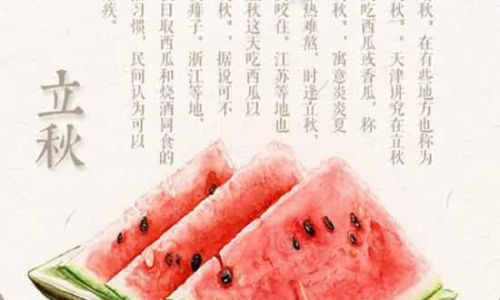
Ingredients and Preparation:
The outer layer is made from glutinous rice flour mixed with water to form a dough. Small balls are filled with a mixture of ground black sesame seeds, sugar, and a touch of lard for richness. Boiled until they float, the balls are served in a warm broth made from ginger and brown sugar, offering comfort as temperatures drop.
Cultural Significance:
The roundness of the tangyuan represents togetherness, while the black sesame filling symbolizes prosperity. In some Anhui households, these balls are shared with neighbors as a gesture of goodwill.
Braised Pork with Chestnuts: A Hearty Autumn Stew
Anhui’s autumn cuisine often features hearty stews that warm the body and soul. Liqiu is no exception, with braised pork belly simmered with chestnuts being a regional favorite. Chestnuts, harvested in early autumn, are prized for their sweet, starchy flesh and are believed to nourish the body during seasonal transitions.
Ingredients and Preparation:
Pork belly is cubed and seared until golden, then braised with chestnuts, soy sauce, garlic, ginger, and star anise in a rich broth. The dish is slow-cooked until the meat is tender and the chestnuts absorb the savory flavors.
Cultural Significance:
Pork symbolizes wealth and abundance, while chestnuts represent resilience—a trait valued in Anhui’s agricultural communities. This dish is often served during family feasts to celebrate the harvest’s success.
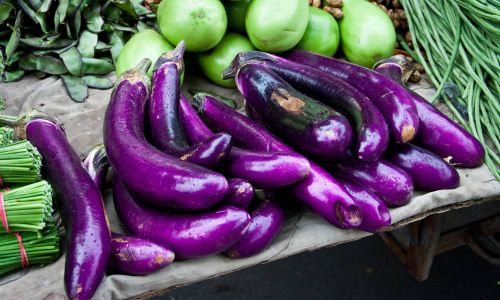
Lotus Root Soup: Nourishing the Body and Spirit
Lotus roots, harvested from Anhui’s lakes and ponds, are a quintessential autumn ingredient. A clear, comforting soup made with lotus root slices, pork bones, and red dates is a Liqiu essential, prized for its ability to moisten the lungs and balance the body’s qi (energy).
Ingredients and Preparation:
Lotus roots are peeled, sliced, and simmered with pork bones, red dates, and goji berries for several hours. The result is a mild, slightly sweet broth with a subtle crunch from the lotus root.
Cultural Significance:
Lotus roots symbolize purity and harmony in Chinese culture. During Lqiu, this soup is believed to cleanse the body of summer’s residual heat and prepare it for the drier autumn air.
Osmanthus Cake: Fragrant Delights from the Garden
Autumn in Anhui is also the season when osmanthus flowers bloom, filling the air with their sweet aroma. Osmanthus cake, a delicate dessert made with glutinous rice flour, honey, and dried osmanthus petals, is a seasonal delight enjoyed during Lqiu.
Ingredients and Preparation:
The cake is steamed and often layered with sweet bean paste or lotus seed paste. Dried osmanthus flowers are sprinkled on top or mixed into the batter, infusing the cake with a floral fragrance.
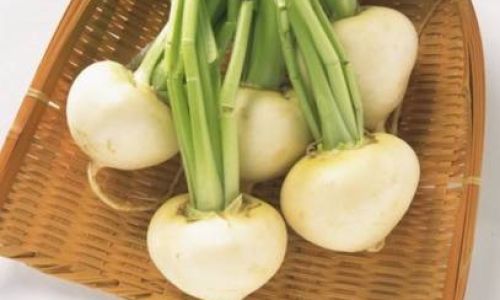
Cultural Significance:
Osmanthus flowers are associated with nobility and honor in Chinese culture. Serving this cake during Lqiu is a way to honor the season’s beauty and invite good luck.
Stir-Fried Water Spinach with Garlic: A Simple, Nourishing Side
No Lqiu meal in Anhui is complete without a plate of stir-fried water spinach (ong choy), a leafy green vegetable abundant in autumn. Quickly cooked with garlic and a splash of oyster sauce, this dish is a testament to Anhui’s preference for fresh, minimalist flavors.
Cultural Significance:
Water spinach symbolizes vitality and growth. Its inclusion in Lqiu meals reflects the desire for health and energy as the colder months approach.
Chrysanthemum Tea: A Floral Toast to Autumn
While not a food, chrysanthemum tea is a beloved beverage during Lqiu in Anhui. Made from dried chrysanthemum petals, it is believed to clear heat from the body and soothe the eyes.
Cultural Significance:
Chrysanthemums are associated with longevity and perseverance. Sipping this tea during Lqiu is a ritual that honors the flower’s beauty and its medicinal properties.
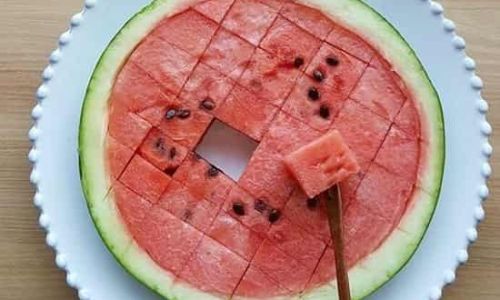
The Cultural Tapestry of Anhui’s Lqiu Feasts
Beyond the dishes themselves, Lqiu in Anhui is a time for storytelling, ancestor veneration, and community bonding. Elders pass down recipes and traditions to younger generations, ensuring these culinary practices endure. Festivals like the Autumn Harvest Fair in Huangshan City feature markets overflowing with seasonal produce, cooking demonstrations, and performances celebrating the season.
Conclusion
Anhui’s Lqiu traditions are a vivid reflection of its agricultural roots and cultural values. Each dish—whether a humble dumpling or a fragrant stew—carries layers of meaning, from gratitude for the harvest to hopes for health and prosperity. As autumn arrives, the province’s kitchens come alive with the sizzles of woks, the aroma of spices, and the laughter of families united by food. In Anhui, Lqiu is not just a season; it is a feast for the senses and a celebration of life’s enduring cycles.

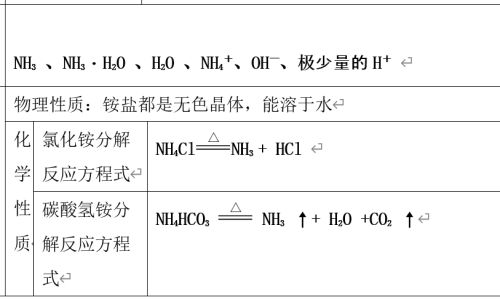
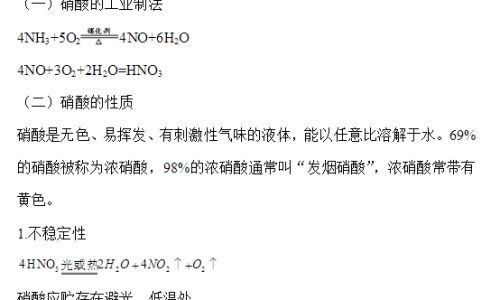
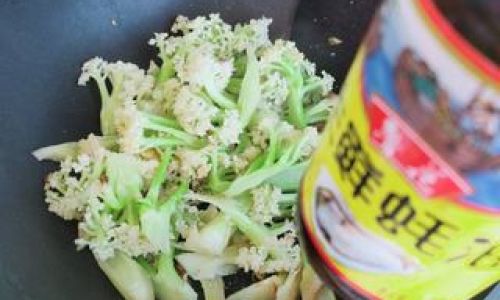
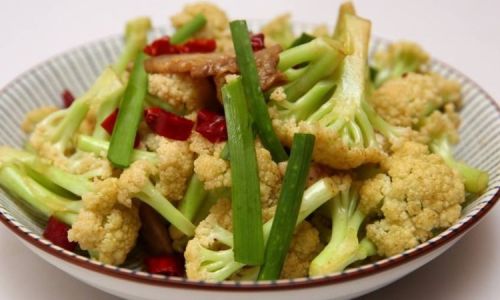
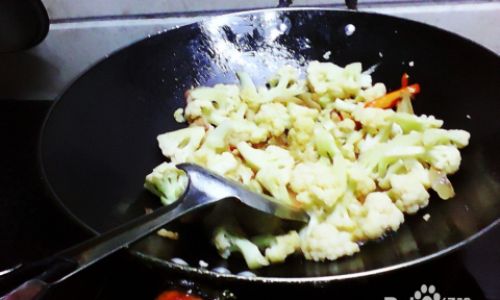
0 comments